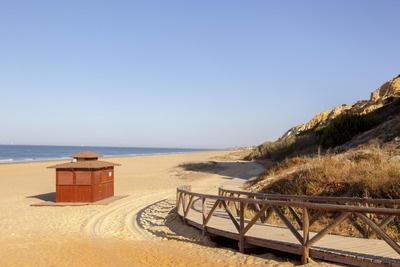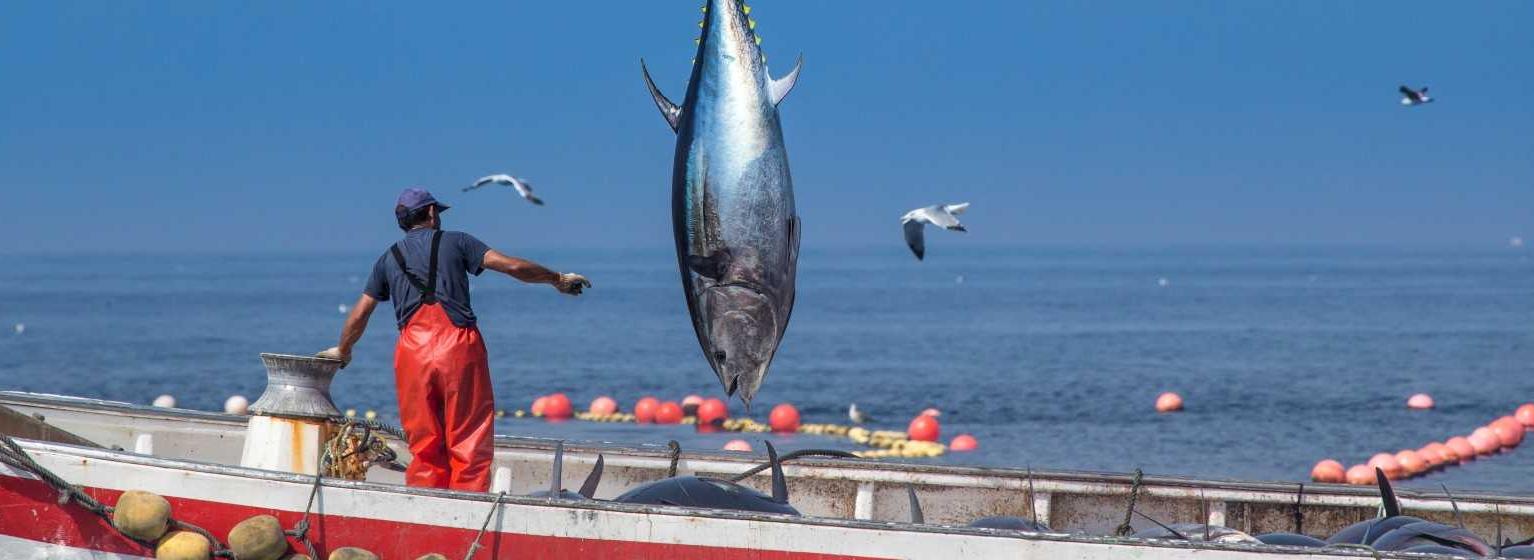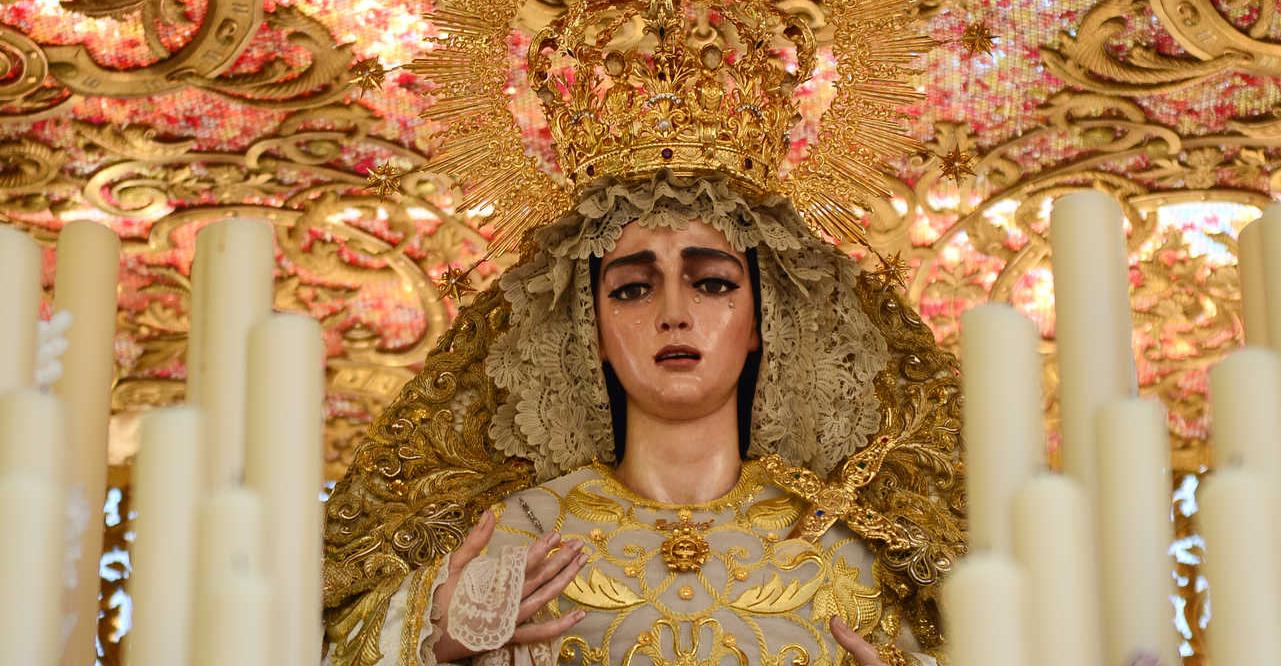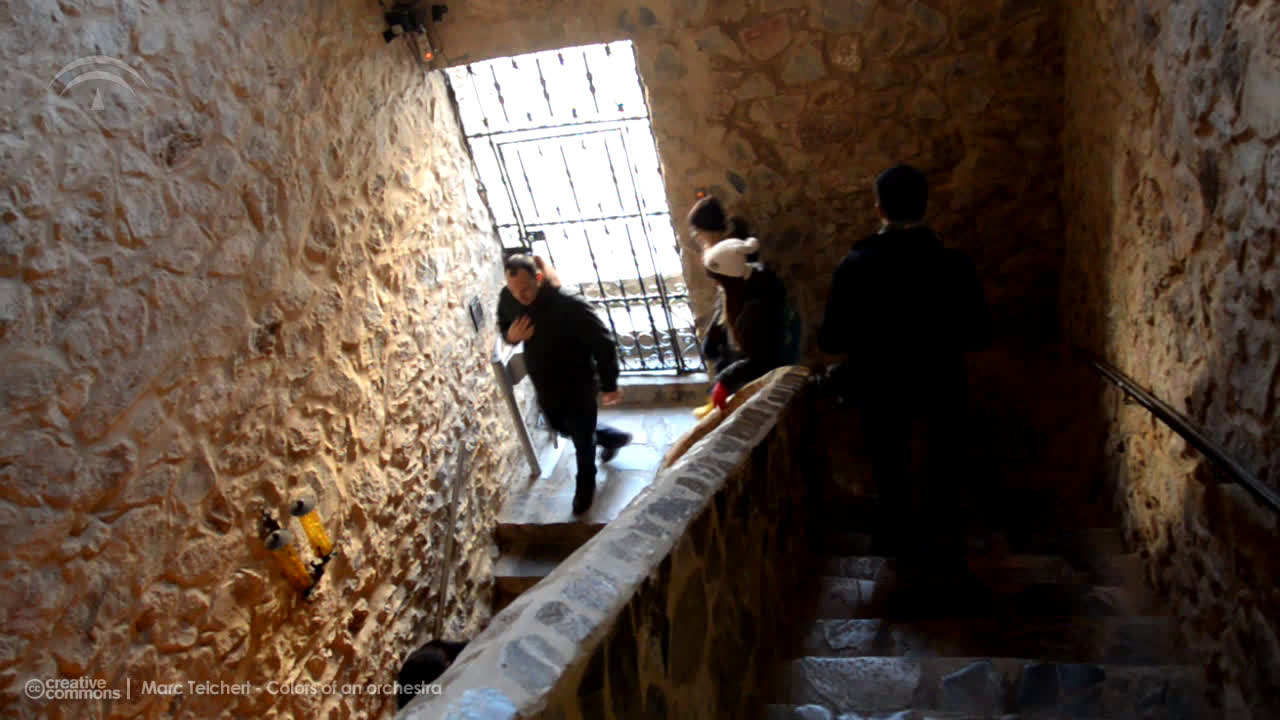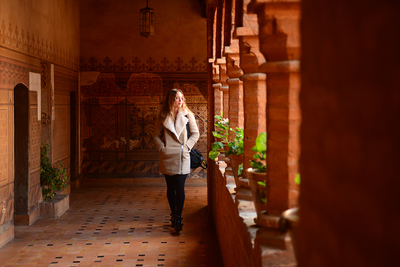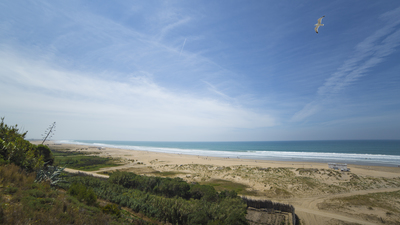Málaga, Vicente Aleixandre's 'City of Paradise'
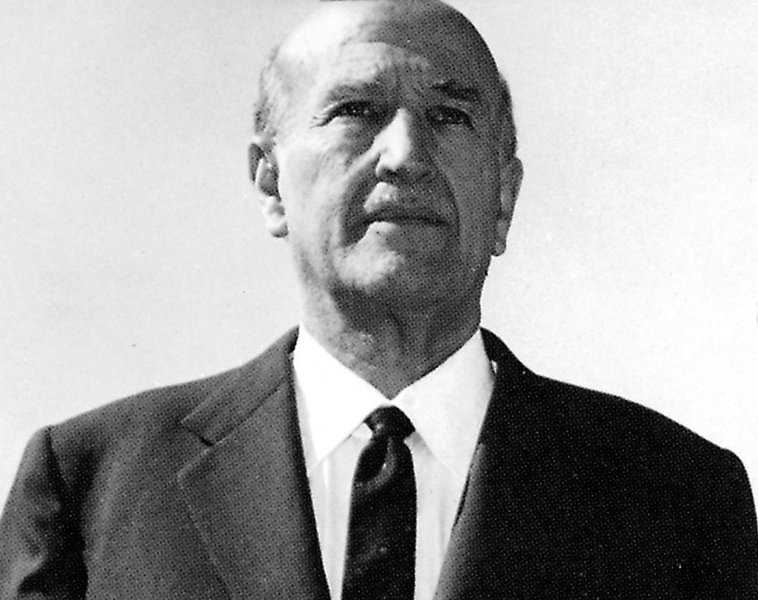
Universal Andalusian of the Generation of 27, his work is characterised by the use of metaphor and he is recognised as the main Spanish surrealist poet.
Vicente Aleixandre (Seville, 1898–Madrid, 1984).
The Nobel Prize of the Generation of 27
Poet. An Andalusian of universal fame, he received the Nobel Prize for Literature in 1977 —which he interpreted as a symbol of human solidarity— "for a creative poetic writing which, with roots in the traditions of Spanish lyric verse and in modern currents, illuminates man's condition in the cosmos and in present-day society, at the same time representing the great renewal of the traditions of Spanish poetry”.
Vicente Aleixandre Merlo was born in Seville on 26 April 1898 and was just two years old when he moved to Malaga, the "City of Paradise”, which has a decisive influence on his world views and his poetic imagination, especially in Shadow of Paradise. Later he would state: "I am an inhabitant of Malaga who was born in Seville, or a native of Seville who grew up in Malaga”, at the same time as he recognised the importance of childhood years. In 1909, he moved with his family to Madrid, where he lived the rest of his life. Despite this. he acknowledged: "I have never felt Castilian, but Andalusian and Mediterranean”.
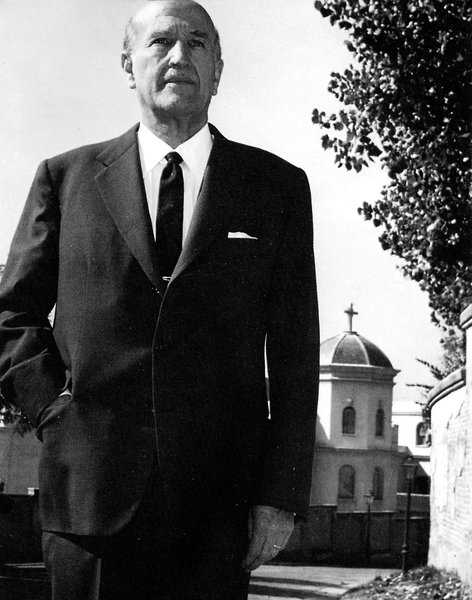
He suffered a serious illness and, during his recovery, he dedicated his time to writing poetry that was published in the most important cultural magazines of the time, achieving great success. There his friendship began with other members of the Generation of 27, such as Federico García Lorca and Luis Cernuda. In 1934, he received the National Literature Award.
After the Civil War, he remained in Spain and his work took on a very personal direction. In 1949, he was appointed Member of the Academy of Spanish Language and, from then on, he became a teacher and protector of young Spanish poets, who frequently came to visit his home in Madrid, where he often organised literary circles.
His work is characterised by the use of the metaphor and he is recognised as the main Spanish surrealist poet. In 1977, he received the Nobel Prize, which universally acknowledges his work and, in a way, that of the entire Generation of 27.
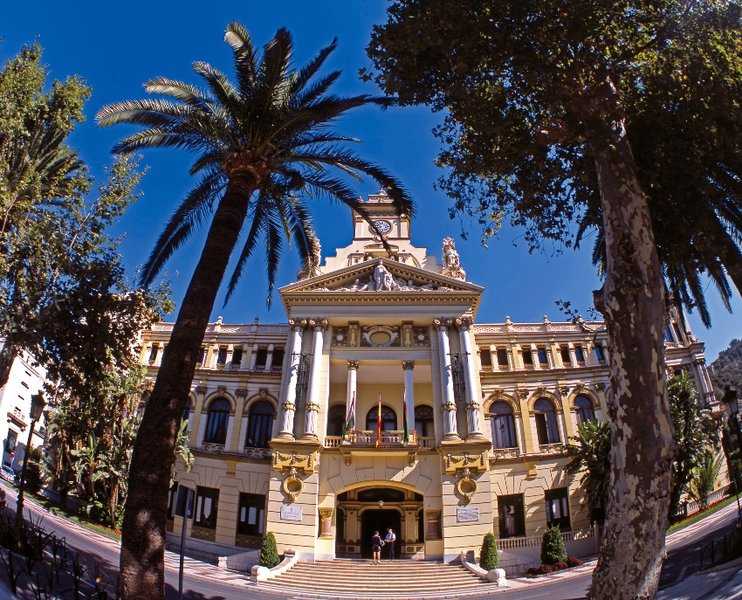
Malaga childhood
"I was born in Seville and, as I always say, I was brought up in Malaga. So, regarding Seville, I only know that I was born there, but I do not have childhood memories of it. All my first memories of life are of Malaga. I awakened to light, and even to books, in Malaga —another way to be born—because there I learnt to read, which is a second birth. My grandparents lived in Alameda in Malaga. My parents nearby, in what is now Calle de Cordoba, no. 6, which was then called Alameda de Carlos Haes. [...]”.
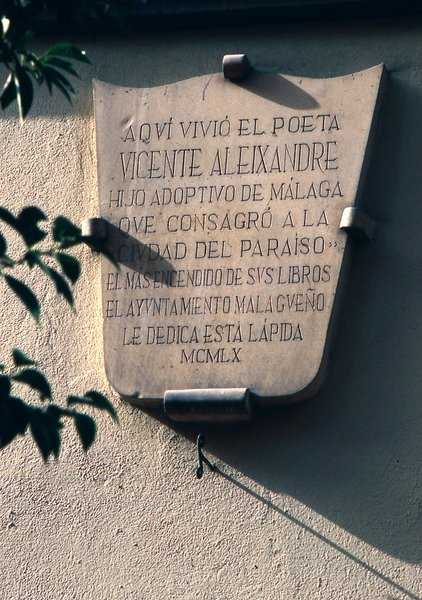
City of Paradise
"I lived in Malaga almost since I was born. My father was a railway engineer and I was born in Seville because my father's work was there. Then he was moved to Malaga, where the head office was. It had a lovely name: Compañía de los Ferrocarriles Andaluces (Andalusian Railway Company). By the way, it was a very large and a little tatty building, and the people of Malaga —with their habit of giving names— called that enormous office building El Palacio de la Tinta (The Ink Palace).
My parents, my sister and I lived in Malaga until 1909. It gave me time to awaken to life, to learn to read, to start primary school, then preparatory school… It appears that my destiny to be a poet of a certain generation, which would be distinguished by the friendship between its members, was already waiting to be announced. Because there, in primary education, I was a friend and classmate of someone who would later be acompanion in poetry: Emilio Prados. I think that this can be called, justifiably, the oldest friendship of the generation. Emilio lived in the famous Calle Larios and I would go that far on my own —my family was very relaxed, very trusting—, give him a shout and we would go on together to Calle Granada, where he was at school. It was a quiet Malaga with a flavour now consecrated by the Malaga artist, cousin of Picasso, Manolo Blasco, who painted all of his naïve art based on memories from the start of the century —very suggestive painting—, and that is the Malaga I experienced”.
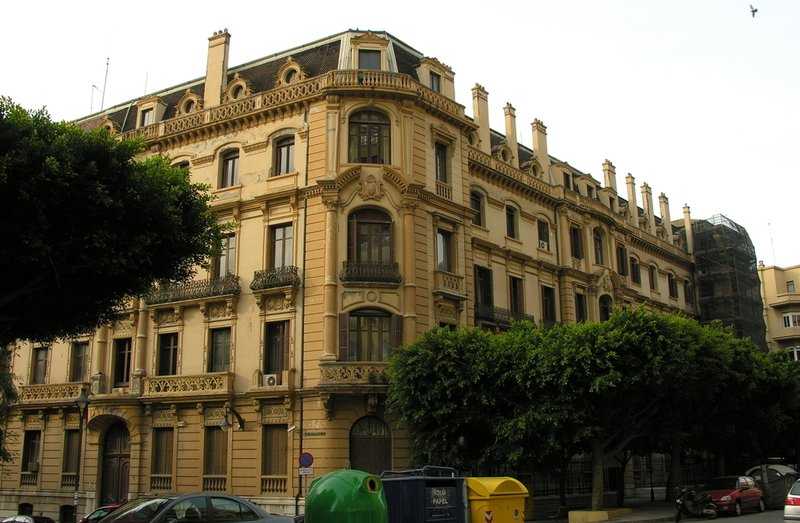
His friends from the "Coast”
Vicente Aleixandre maintained a close relationship with Malaga throughout his life. Here he left one of his best friends, the poet Manuel Altolaguirre, who —along with Emilio Prados— ran the Imprenta Sur, where the prestigious magazine of Coastal thought was published, a real point of reference for the members of the Generation of 27.
The Imprenta Sur worked first, for a short time, at Calle Tomás Heredia, no. 24, and later at nearby Calle San Lorenzo, no. 12.
Today, this printers that printed texts by García Lorca, Alberti, Bergamín and Cernuda, amongst others, is still working and can be visited at the María Victoria Atencia Provincial Cultural Centre. The Provincial Cultural Centre building has exhibition rooms, an auditorium, the Generation of 27 Centre and the Cánovas del Castillo Provincial Library.
The María Victoria Atencia Provincial Cultural Centre is in the old Casa de Expósitos in Malaga, popularly known as Casa Cuna, the entrance to which was on Calle Parras. It is a unique example of civil architecture from the 18th century, and the outer façade of the factory is outstanding. Its current entrance, however, is through the parallel Calle Ollerías, 34.
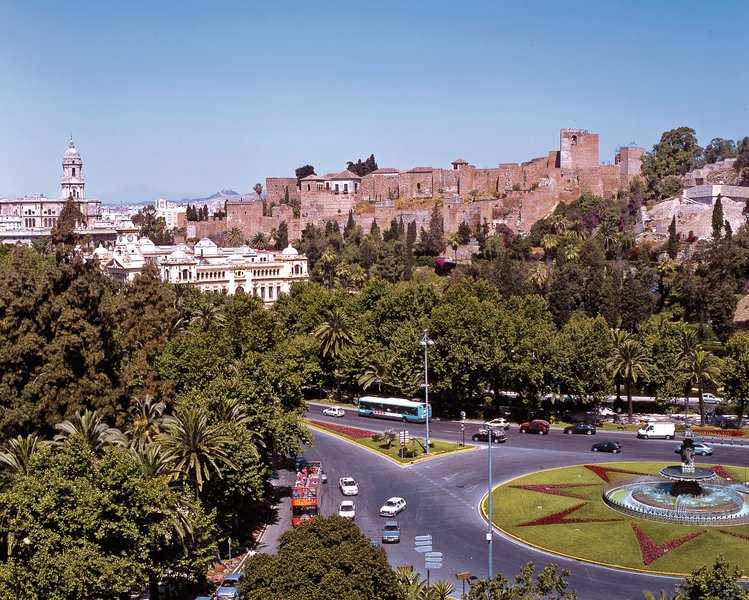
The Alameda and Park Walk
A commemorative plaque at the current Calle Cordoba, no. 6 reminds us that this is the house where Vicente Aleixandre spent his childhood. This side-street off the Alameda Principal was, at the start of the last century, an area of influx from the nearby port of Malaga, packed with taverns and an attraction that was almost exclusive at the time: the Pascualini cinema, which was set up in 1907, until it was blown up by a bomb in 1937; nowadays it is the Alameda Theatre.
From the Alameda, Aleixandre strolled to the Park Walk, which —at the start of the last century— was just beginning to take on the rainforest-like appearance it has today.
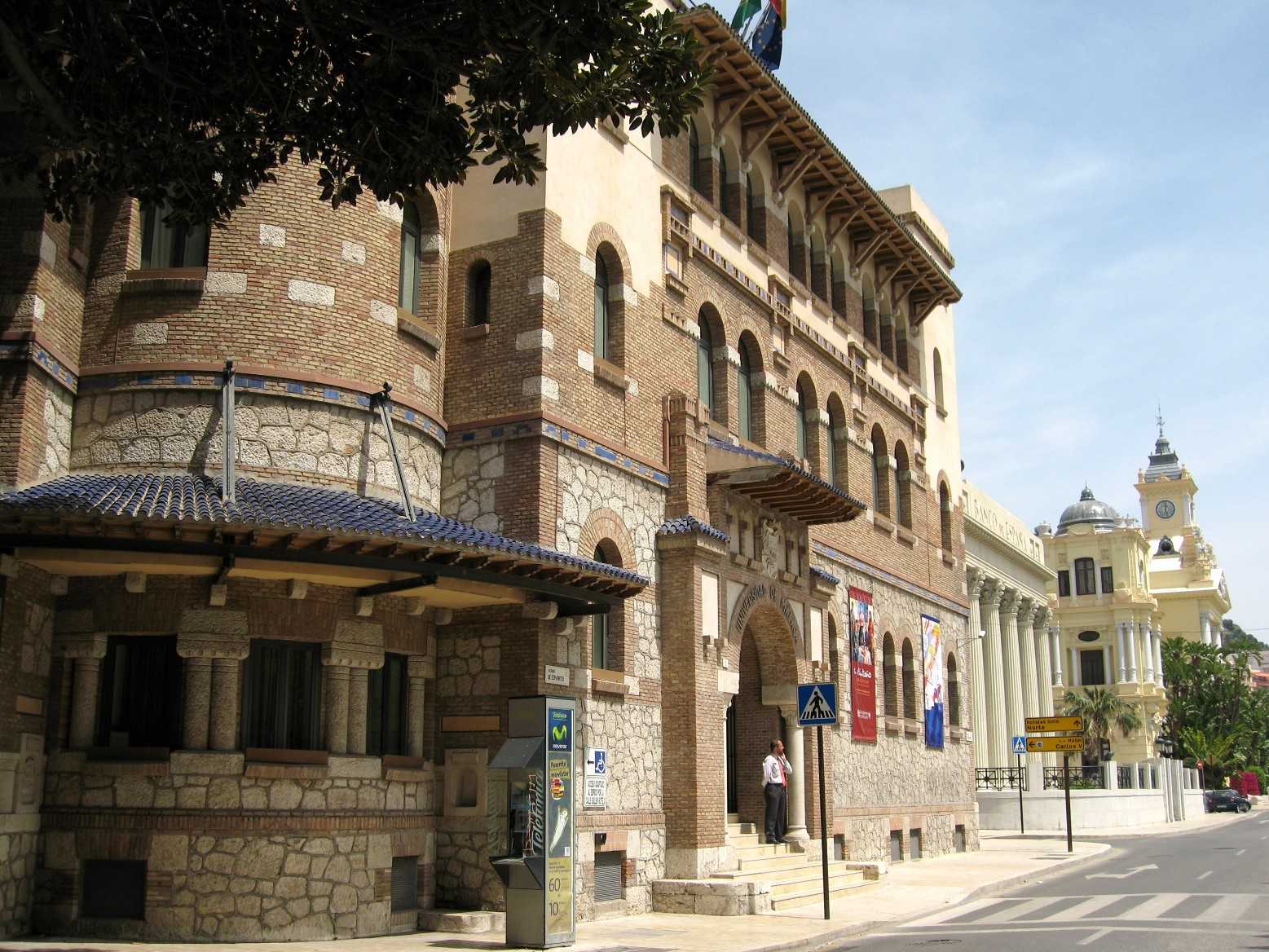
In fact, the Malaga Park is the third best subtropical garden in Europe; curiously, the second best one is also in the capital city of the Costa del Sol: Finca de la Concepción Historical-Botanical Gardens. Only surpassed by the Orotava in Tenerife.
On your walk, be sure to see the Customs House, future site of the Fine Arts Museum of Malaga and the Old Posts and Telegraphs Office, now the Vice-chancellor's Office at the University of Malaga, a beautiful building in neo-Mudejar style. A little further on is Malaga Town Hall, in neo-baroque style, designed by architects Guerrero Strachan and Rivera Vera, and the Banco de España, in neo-classical style.
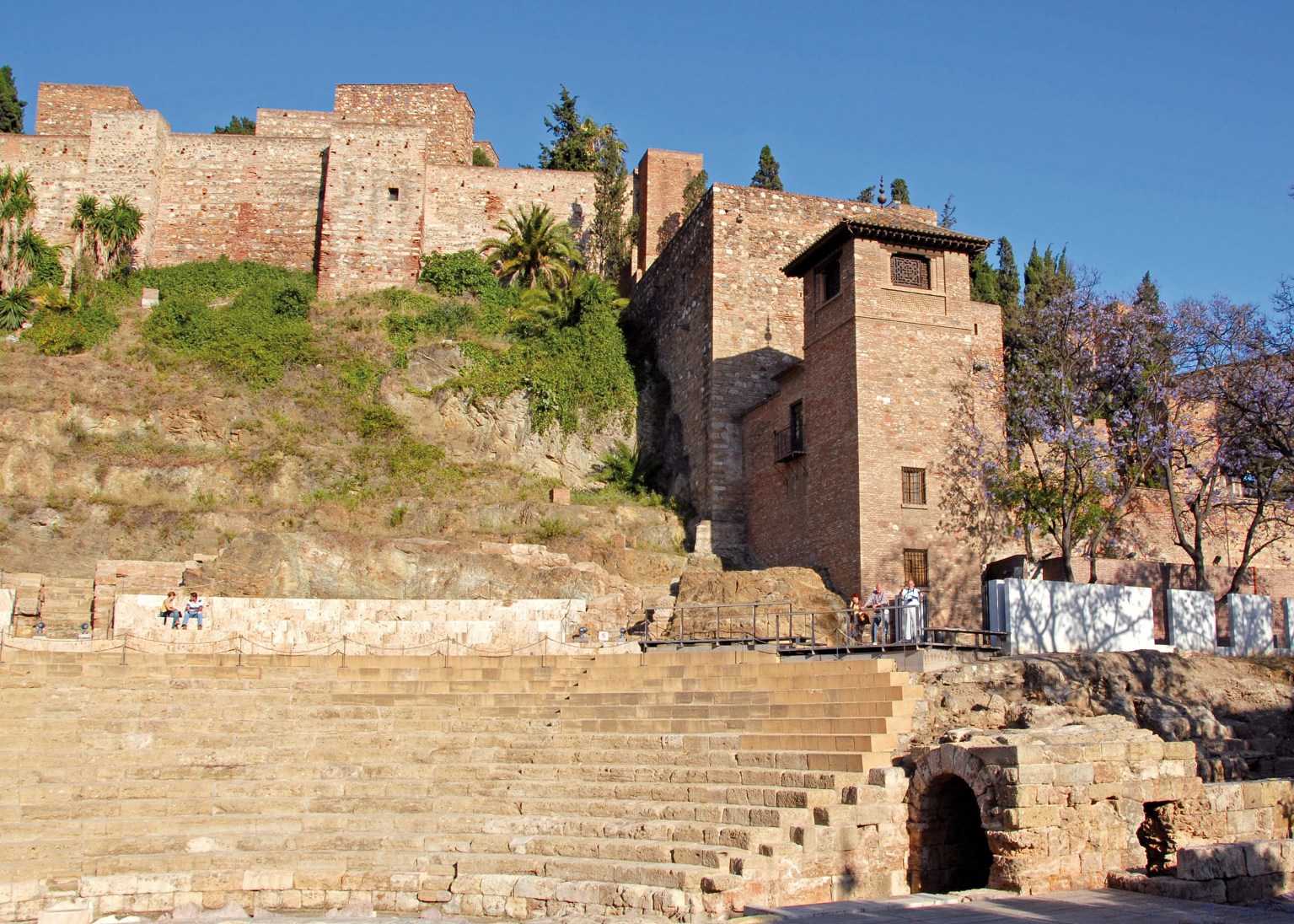
The Alcazaba
At the back of the Park, the Alcazaba rises majestically. From the Muslim period, this palace fortress is located at the foot of Gibralfaro Mountain, where we find the Arab defence Castle to which it was connected by a walled corridor called La Coracha; next to the Roman Theatre and opposite the Customs House. It is a chance to see the union of the Roman, Moorish and Renaissance cultures in a very small space, making this a very special place.
Walk 1. Malaga Contemporary Art Centre - Alameda Principal avenue - Calle Cordoba - Avenida Manuel Agustín de Heredia - Malaga Port (Pier 1 and Palmeral de las Sorpresas) - Pompidou Centre of Malaga.
Walk 2. Calle Cordoba - Alameda Principal avenue - Plaza de la Marina - Park Walk - Vice Chancellor's Office - Town Hall - Banco de España - Municipal Heritage Museum.
Walk 3. Park Walk - Customs House - The Alcazaba - Roman Theatre - Picasso Museum Malaga - Plaza de la Merced - Picasso Birthplace.


